Yes, some regions in the world have hit record-breaking low temperatures this winter, and no, this does not mean global warming isn’t a thing, experts affirmed and explained why. This month, Sweden’s air temperatures have plummeted to as low as -43.6°C (-46.5°F), marking the coldest January temperature recorded in the country in 25 years, according to AP News.
Meanwhile, in the Norwegian capital of Oslo, the thermometer dipped below -30°C (-22°F) for the first time in recorded history, while 15 other record colds were set across Eastern Norway, Life In Norway reported.
Experts confirmed that just because countries have experienced extreme colds, doesn’t mean climate change isn’t real
Image credits: NASA Earth Observatory/Lauren Dauphin
As snowfall shut down train lines and strong winds delayed a ferry carrying approximately 900 passengers from docking in Copenhagen, Denmark, air temperatures dropped to about -20°C (-4°F) in the Finnish capital city of Helsinki.
The extreme cold weather wasn’t limited to the European Nordic countries this January, as an Arctic air extended into western Russia, reportedly reaching -30°C (-22°F) in Moscow, which is well below the average January low temperature of -12°C (10°F).
Moreover, heavy snow accumulation and high winds accompanied the biting cold, disrupted travel, caused power outages, and forced school closures, as per NASA Earth Observatory.
Image credits: NASA Earth Observatory/Michala Garrison
All in the same month, a reported hundreds of cars became stuck overnight on highways in Sweden and Denmark amid treacherous conditions and hazardous weather arrived in Scandinavia as the U.K. was coping with rain and wind brought in by Storm Henk.
Record-breaking cold has also affected North America. Nearly 80% of the USA is expecting to see below-freezing temperatures, with over 140 daily record colds anticipated to be broken, CNN reported this week.
And despite more cold spells predicted to continue, it is easy to forget the climate change in it all.
In the Norwegian capital of Oslo, the thermometer dipped below -30°C (-22°F) for the first time in recorded history
Image credits: Les Anderson/Unsplash
According to John Marsham, a professor of atmospheric science at the University of Leeds, the weather in the UK depends on which direction the wind is coming from, and that doesn’t mean that we are not facing critical global warming.
Professor Marsham told Bored Panda in an email: “Climate change has increased the global average temperature, but in the UK, we still see cold and warm spells: if we’re in colder northerlies, somewhere else is in warmer southerlies.”
He continued: “Climate change increases hot extremes, as we experienced in the summer of 2022, and overall reduces cold ones.
Image credits: Jessica Irani/Unsplash
“Interestingly though, climate change may perhaps lead to more frequent events of the kind we saw with the “Beast from the East” – as the Arctic warms faster than the regions to its south, which may change our weather patterns.”
The Beast From the East was a storm that began in February 2018 and brought a cold wave to Great Britain and Ireland.
Anthony Broccoli, a professor of atmospheric science at Rutgers University in New Jersey, USA, also affirmed that climate change does not eliminate cold winter weather. It only reduces its probability of occurring.
All in the same month, a reported hundreds of cars became stuck overnight on highways in Sweden and Denmark amid treacherous conditions
Image credits: Patino Jhon/Unpslash
“Climate data show that warm extremes have become more common and cold extremes less common, but that does not mean that cold extremes will never occur,” Professor Broccoli told Bored Panda in an email.
He further explained: “Weather can be highly variable, and cold winters can still occur from time to time in a warming world.
“When a region is unusually cold, it is typically because the weather pattern is conducive to transporting air from the high Arctic into that region.”
Image credits: Flow Clark/Unplash
The expert went on to admit that it was a common occurrence for some public figures to use a spell of wintry weather to argue that climate change isn’t happening.
For instance, Republican Colorado Representative Lauren Boebert infamously wrote on X (formerly known as Twitter) on Monday (January 14): “You’ve got to appreciate the irony of climate protestors trudging through a foot of snow and -30 degree wind chills to yell about how the planet is warming. They just don’t see it, do they?”
However, to those mocking climate protesters, Professor Broccoli said: “Perhaps they genuinely don’t understand the difference between weather and climate, or perhaps they know better but are hoping that their audience will not recognize the fallacy.”
Record-breaking cold has also affected North America, with early 80% of the USA is expecting to see below-freezing temperatures
Image credits: Colin Lloyd/Unsplash
A joint publication of the Royal Society and The U.S. National Academy of Sciences addressed the confusion, stating that: “global warming is a long-term trend, but that does not mean that every year will be warmer than the previous one.”
It further explained: “Day-to-day and year-to-year changes in weather patterns will continue to produce some unusually cold days and nights and winters and summers, even as the climate warms.”
Image credits: orva studio/Unsplash
The publication mentioned La Niña events, which shift weather patterns so that some regions are made wetter, and wet summers are generally cooler.
The complex weather pattern also creates stronger winds from polar regions, which can contribute to an occasional colder winter.


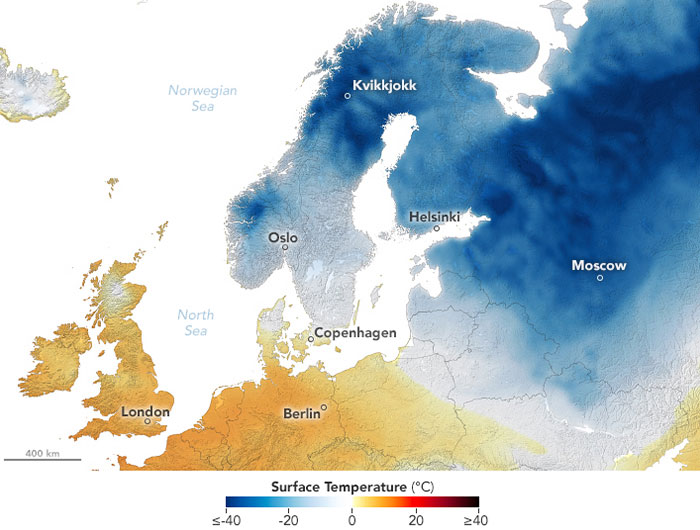
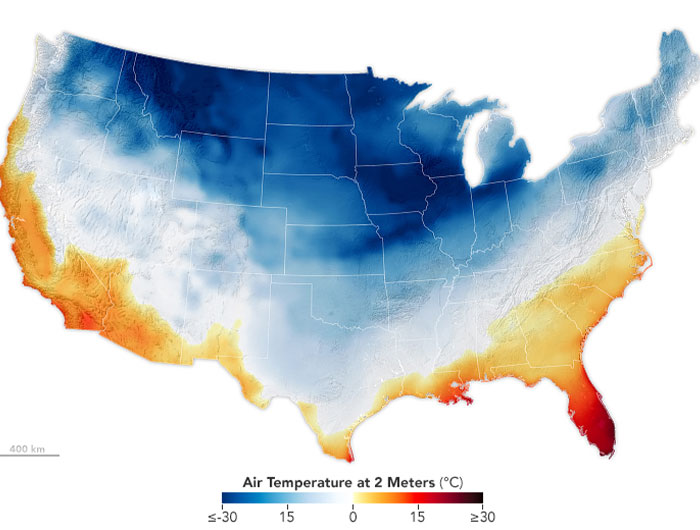
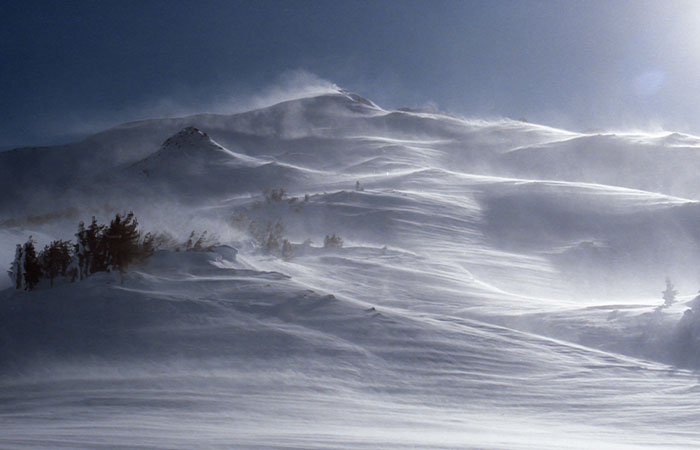
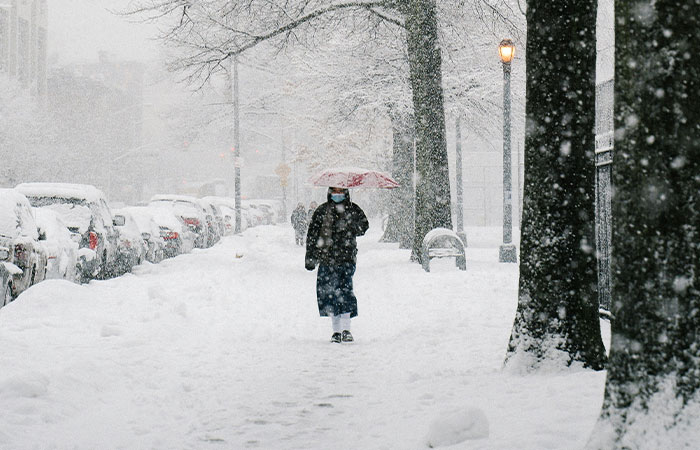
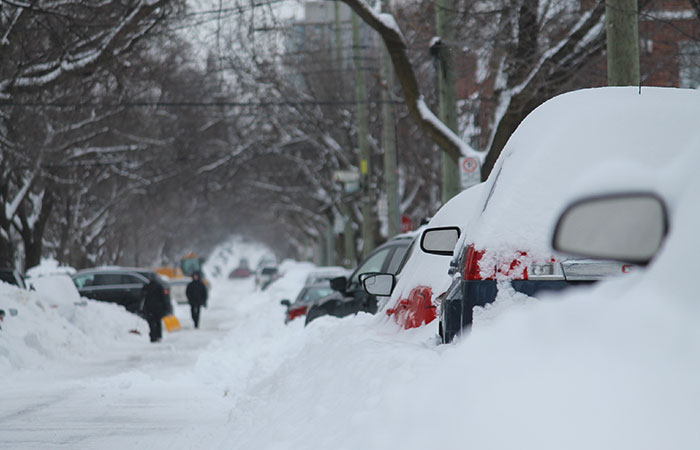
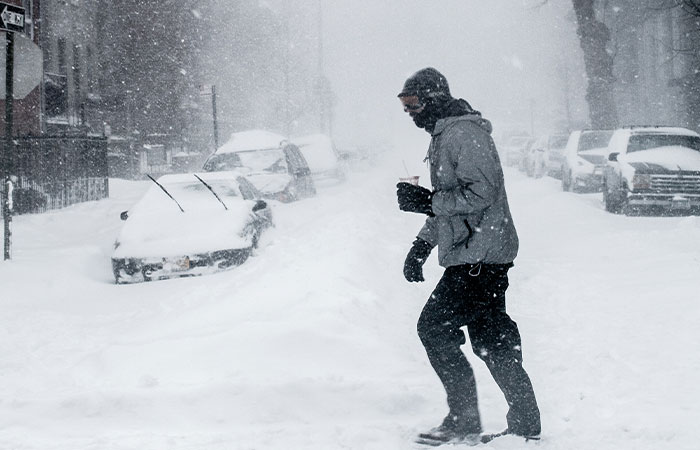
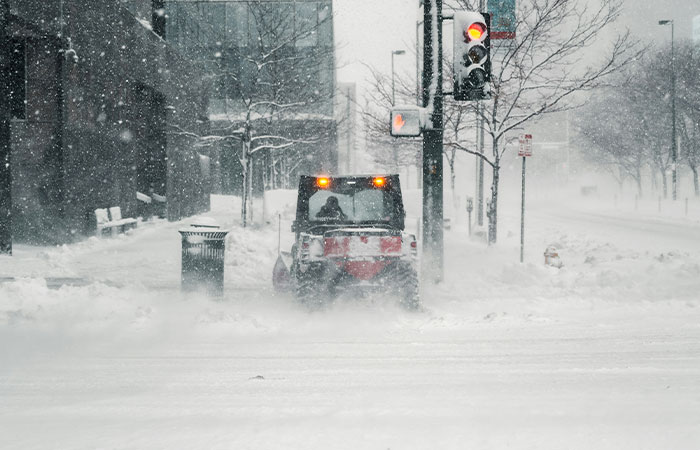
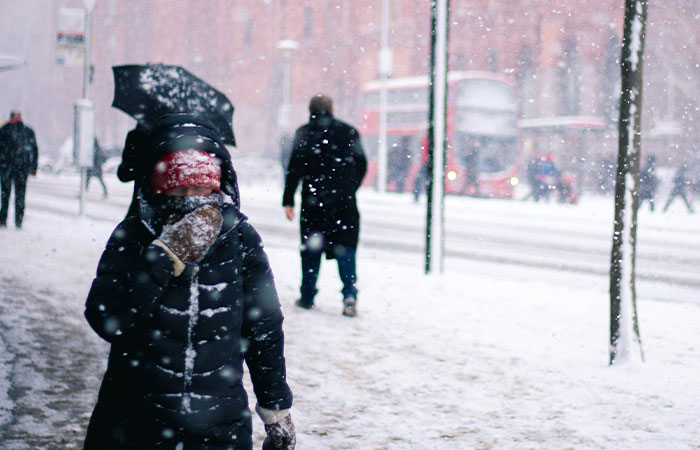






 Photographer Finds Locations Of 1960s Postcards To See How They Look Today, And The Difference Is Unbelievable
Photographer Finds Locations Of 1960s Postcards To See How They Look Today, And The Difference Is Unbelievable  Hij zet 3 IKEA kastjes tegen elkaar aan en maakt dit voor zijn vrouw…Wat een gaaf resultaat!!
Hij zet 3 IKEA kastjes tegen elkaar aan en maakt dit voor zijn vrouw…Wat een gaaf resultaat!!  Scientists Discover 512-Year-Old Shark, Which Would Be The Oldest Living Vertebrate On The Planet
Scientists Discover 512-Year-Old Shark, Which Would Be The Oldest Living Vertebrate On The Planet  Hus til salg er kun 22 kvadratmeter – men vent til du ser det indvendigt
Hus til salg er kun 22 kvadratmeter – men vent til du ser det indvendigt  Nearly Frozen Waves Captured On Camera By Nantucket Photographer
Nearly Frozen Waves Captured On Camera By Nantucket Photographer  Superknepet – så blir snuskiga ugnsformen som ny igen!
Superknepet – så blir snuskiga ugnsformen som ny igen!  Meteorite That Recently Fell in Somalia Turns Out to Contain Two Minerals Never Before Seen on Earth
Meteorite That Recently Fell in Somalia Turns Out to Contain Two Minerals Never Before Seen on Earth  It’s Official: Astronomers Have Discovered another Earth
It’s Official: Astronomers Have Discovered another Earth 
yelw3y
ashmfv
jx0t3k
rvyosw
badrn2
o8mlef
vbhh1c
aejcgf
ndtoxl
iel7sd
z8vnby
74n69q
wbxubr
qhkdpw
0b23ix
x7t5hg
0jze1l
ngmwot
r6gpmy
ce7jm9
4r6qwo
7sqzg3
z190n3
tmehpw
1pgi72
j9x3yz
v586zj
t6d8ui